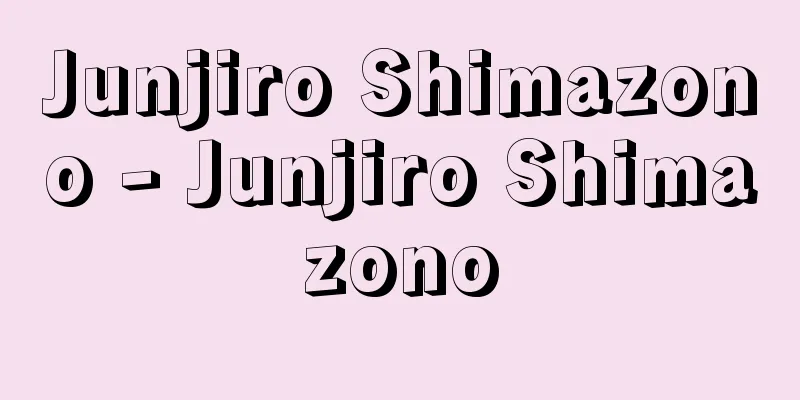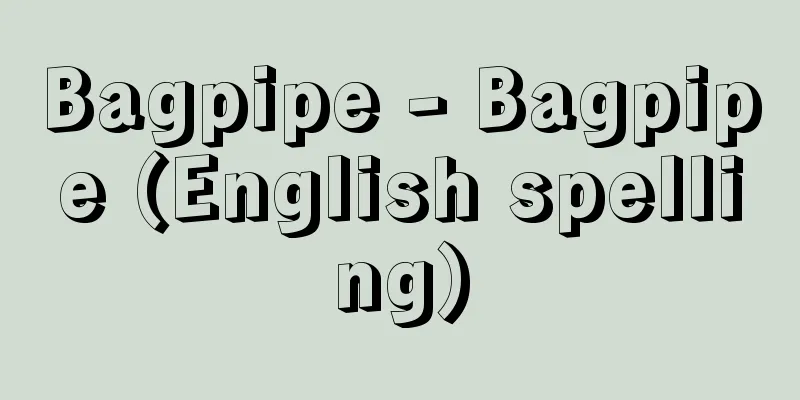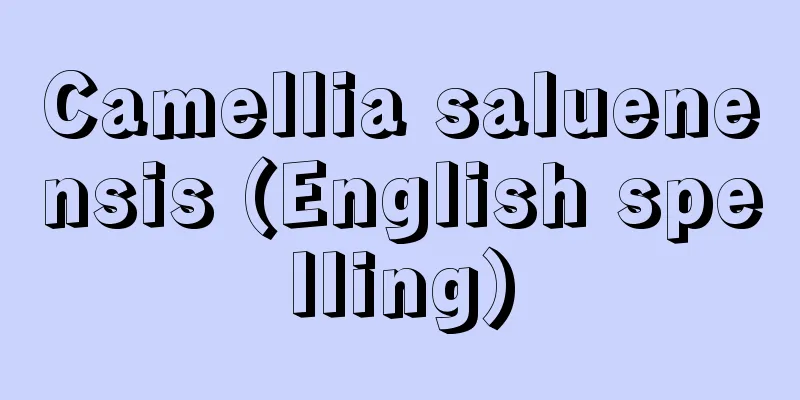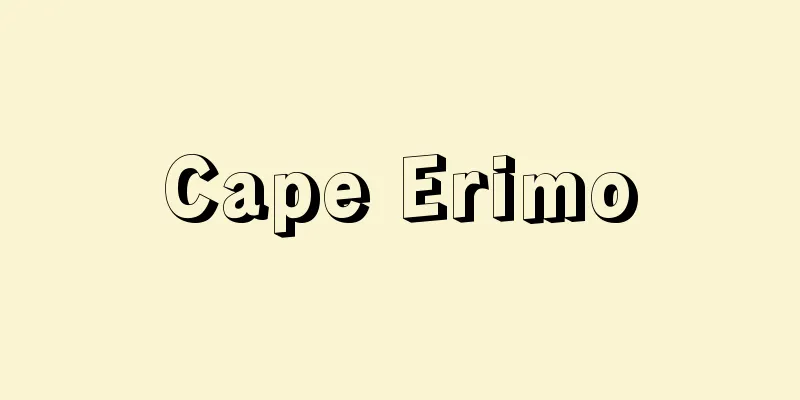Formal wear - Life
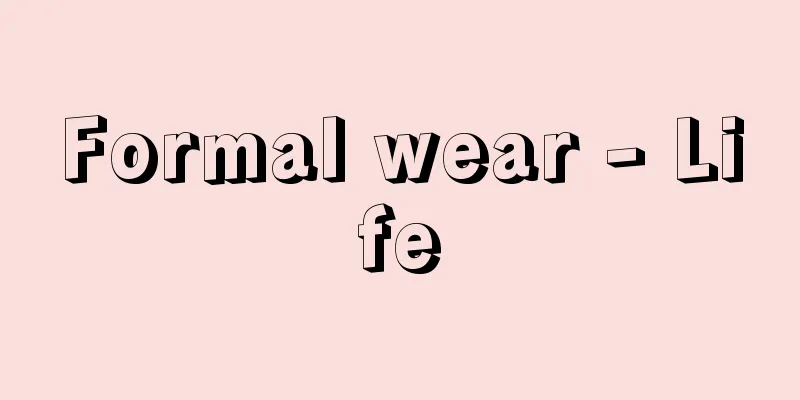
A type of costume. It was the formal attire of the nobility, stipulated by the Taiho Code. It was worn at important ceremonies such as the enthronement ceremony, the Daijosai ceremony, and the New Year's morning greetings ceremony. There were distinctions between civil servants, military officials, and court ladies, and the emperor was required to wear a special crown called a benkan and a robe with a dragon pattern on a red background, and the crown prince was required to wear an ochre robe. The formal attire of a civil official consisted of a ceremonial cap, robes (long and short sleeves), pleats, white hakama, sash, ribbon, jade hat, fang scepter, socks, and shoes, while the formal attire of a military officer consisted of a ceremonial cap, rank slip, hakama, white hakama, sash, sword, sash, and shoes. The formal attire of court ladies consisted of a topknot, a robe, a sash, pleats and skirts, brocade trousers, [seki no kutsu], and in the Tenpyo period, backs and scarves were also used. → Morning clothes → Related topics Large sleeves | Scepter | Trousers | Formal attireFormal wear [reifuku]→Related items Crown | Uniform Source : Heibonsha Encyclopedia About MyPedia Information |
|
装束の一種。大宝令によって定められた公家の礼服(れいふく)。即位,大嘗祭(だいじょうさい),元日朝賀等の重要な儀式に着用された。文官,武官,女官の別があり,さらに天皇は冕冠(べんかん)という特殊な冠,赤地に竜文の衣,皇太子は黄丹(おうに)の衣と定められていた。文官の礼服は礼冠(らいかん),衣(大袖と小袖),褶(ひらみ),白袴(しろのはかま),絛帯(くみのおび),綬(じゅ),玉佩(ぎょくはい),牙(げ)の笏(しゃく),襪(しとうず),【せきのくつ】からなり,武官の礼服は礼冠,位襖(いおう),裲襠(りょうとう),白袴,行縢(むかばき),大刀(たち),腰帯,靴(かのくつ)からなる。女官の礼服は宝髻(ほうけい),衣,紕帯(そえのおび),褶および裙(うわも),錦の襪,【せきのくつ】,その他天平時代に入っては背子,領巾(ひれ)等も用いられた。→朝服 →関連項目大袖|笏|裲襠|礼服 礼服【れいふく】→関連項目王冠|制服 出典 株式会社平凡社百科事典マイペディアについて 情報 |
<<: Lifestyle (English spelling)
Recommend
Oshimada - Oshimada
〘Noun〙 A large Shimada topknot. ※Ukiyo-zoshi , Amo...
Otokoyama
[1] [noun] ① A rugged, masculine mountain. A word ...
Judgment (Kendan)
It means to investigate violations and denounce il...
Century Guild
A British workshop that produced interior decorati...
SDF - SDF
...A small Marxist political party that pioneered...
Karako Dance
This dance is a Bugaku-style dance handed down in...
harlequinade
...The clowns who wore loose white clothes and wh...
Bernini - Giovanni (Gian) Lorenzo Bernini
Bernini was a leading architect and sculptor of I...
Sakuradamon Incident - Sakuradamon Incident
An attempted assassination of Emperor Showa occur...
Autumn Wind Song
The title of a koto piece. The lyrics were writte...
Ganzuke - Ganzuke
" crab Crab A sound change of "tsuke&quo...
Culture conflict
…Cultural contact can occur when people who share...
Sardou - Victorien Sardou
French playwright. At first he was influenced by ...
Cassou, J.
...Representative illegal magazines were Jacques ...
Permanent Court of Arbitration
The abbreviation PCA. The Hague Conventions of 18...

